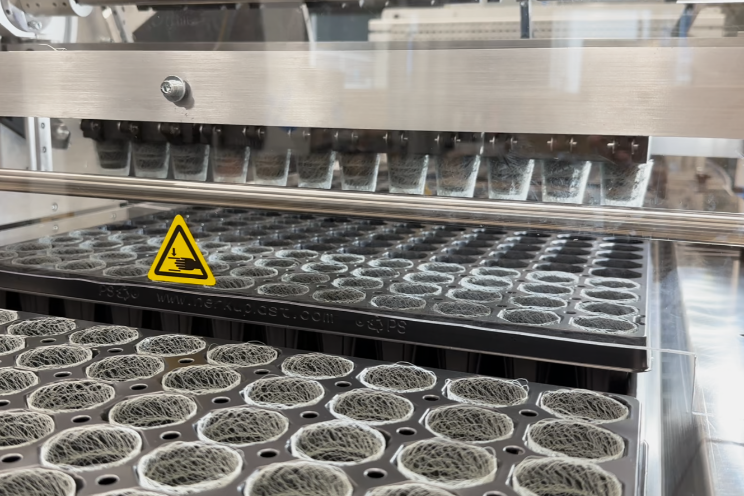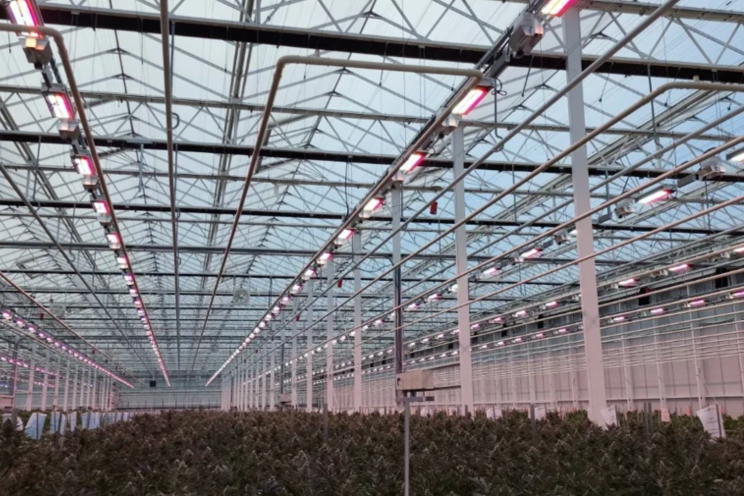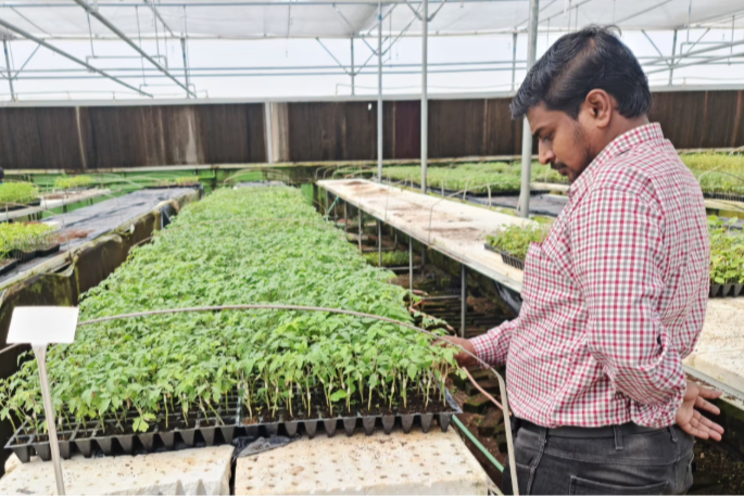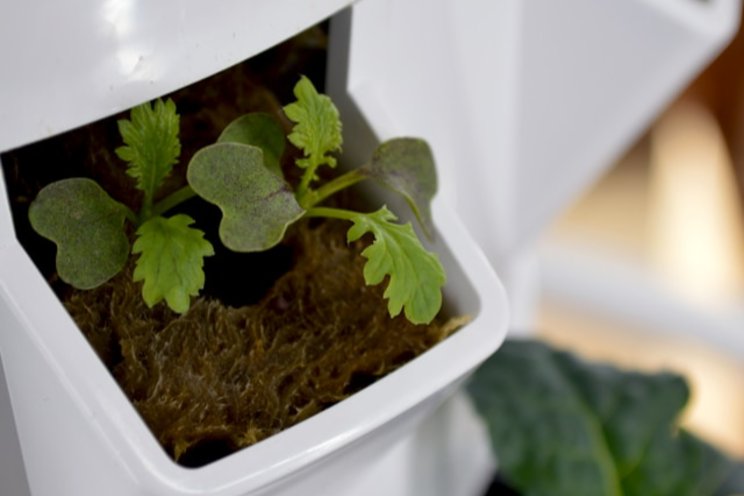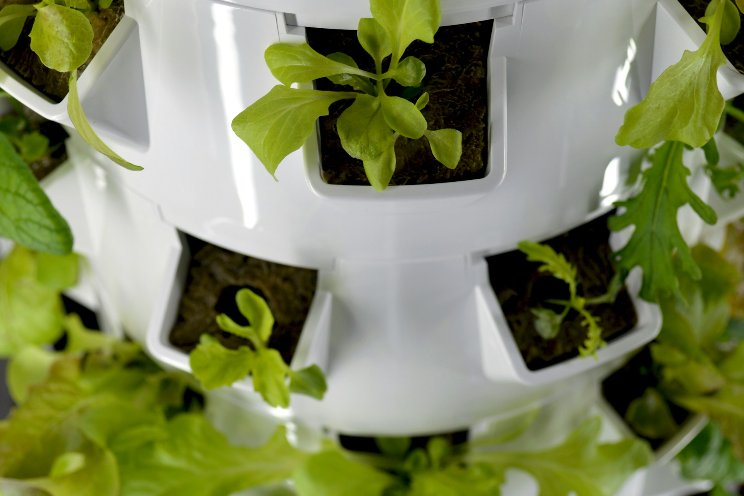Stress management techniques for begonias
Added on 17 July 2023
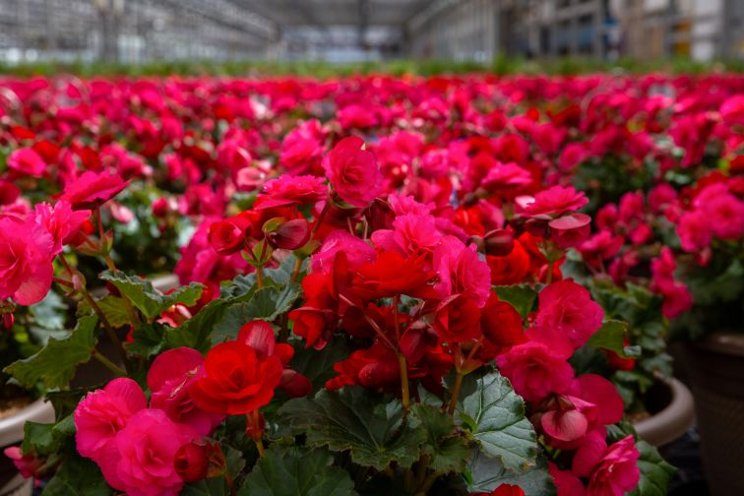
Experienced growers find manipulating stress levels is key to achieving begonia results that are on time, and at the correct size and stage. Improperly timed flowering can be a common problem. Flowering too early can lead to a smaller plant that hasn’t filled the container. Deadheading and removing dropped, spent blooms from the containers — and anything growing below them — creates more labor expense. Of course, flowering too late means a less marketable product.
Growers looking for a one-size-fits-all formula to apply across multiple begonia cultivars likely won’t find it. Ivan Tchakarov is the Chief Horticulture Officer for Metrolina Greenhouses, one of the largest producers of ornamentals in the country with locations in North Carolina and South Carolina. Metrolina ships more than 1 million finished begonias each year in about 13 weeks.
“We use a different recipe for each type,” says Tchakarov, “and vary factors like day length, amount and duration of light, fertilizer, moisture levels, and use of bloom inhibitors.”
Whether you are growing a million begonias for sale or a few hundred, here are some ways to reduce or induce stress when growing and finishing begonias.
Photo: At the end of the growing season, increasing stress by reducing moisture, light, and food promotes begonia flowering. Courtesy of Metrolina Greenhouses.
More news

